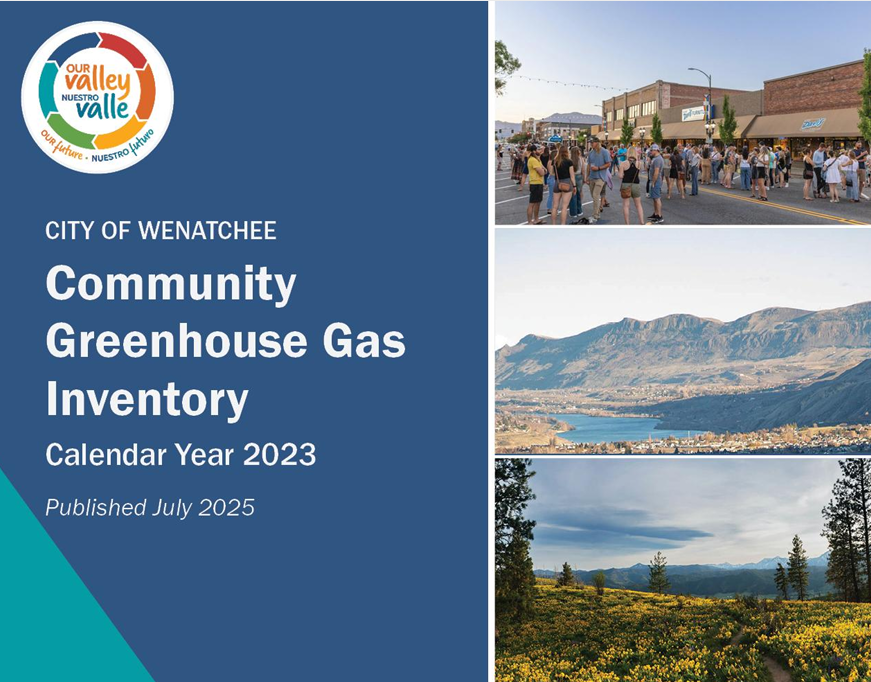Stump the Science Teacher: Biochar with C6 Forest to Farm
- marlene0303
- Feb 28, 2023
- 4 min read
A sustainable approach to lowering wildfire risk and promoting soil and plant health.
By: Jenaia Johnson, SNCW board secretary and WHS science teacher
I am a science teacher by trade with a master’s degree in biology with an emphasis in conservation and the environment. One of my research opportunities was in Namibia where they have a facility that converts an invasive bush that encroaches in the savanna into blocks that can be used as a more sustainable source of fuel/energy. By harvesting this invasive species in a way that doesn’t harm native plants, it restores the habitat and creates a more suitable environment for Namibia’s wildlife while giving back to the community. Although this is a positive solution in tackling the invasive species, there still is burning when producing the briquettes, which of course releases some carbon emissions. So when I heard about biochar and how it’s created with the absence of oxygen and truly retaining carbon in its solid form as a sequestration method, this science teacher had to find out more!
Namibian Sickle Brush: from invasive species to fuel. Photos from Jenaia
Living in Wenatchee the past seven years, I have started to base my “summers off” on how much wildfires are going to impact my plans, whether that is just being able to enjoy the outside to recreate or the health costs and implications from the smoke. Of course, there are more detrimental losses compared to my more privileged living in town, as these fires can ravage through communities destroying forests, property, and lives. This “era of megafires” has become another new normal that we all have just adjusted to over time.
C6 Forest to Farm (C6 = carbon) is a nonprofit based in the Methow Valley founded by Tom
and Gina McCoy. They lived through the Carlton Complex fire in 2008, and in 2019 learned that the Methow Valley is one of the more at-risk locations for fires in the entire state, due to the dry forests that blanket the area. When meeting new people I have always prided myself when sharing with them that I am from the Evergreen State. I had this visual while growing up that these thick, dense forests were a part of Washington’s beauty. It wasn’t until I was teaching a fire-science curriculum for a sixth-grade science class here in town that I learned that it’s actually a really unhealthy ecosystem that can spread diseases more easily across the trees. This biomass accounts for a main issue with our increased wildfire season. I had always learned that the more trees meant that they were able to pull more carbon from the atmosphere and store it; “plant trees” was heavily ingrained in my thinking. However, this excessive biomass is providing more fuel for wildfires to destroy more forests at an alarming rate as our summers become warmer, and the fire season becomes longer.
Tom and Gina started to investigate more about what happens with this overgrowth of biomass in our forests. Many of the younger trees with smaller diameter trunks add more fuel for fire. These small trees are also “unmerchantable” to the logging industry, and the cost to remove them outweighs their value. With trees that are thinned out or burnt down with no economic use, we are creating more smoke in our area and putting more carbon into our atmosphere. Until, the McCoys researched about biomass and came up with a solution to this issue - biochar. Both co-founders have professional experience in landscape ecology so the production of biochar was something they took to appreciate quickly. In 2019, they decided to form a nonprofit to dedicate to forest protection and develop economically self-sufficient biochar production with a pilot facility that has a high tech reactor system.
This system allows control of the physical and chemical properties through pyrolysis, which is heating the biomass without the presence of oxygen. The products of biochar can then be produced into a gas, which we could burn for electricity, or a liquid/vapor state that we could also use for combustion and produce energy. Both of these options are much cleaner compared to our other fuel practices. The liquid form can also be used to promote soil and plant health in more agricultural industries by driving off aphids or the Colorado potato beetle as an organic pesticide, but also increase crop bloom and abundantly harness photosynthesis.

From C6f2f.org

But, what about solid production biochar? The C6 pilot facility is off to a great start producing this product, with agricultural industries already interested in this solid form of the product. It has a number of properties that can interact with the soil microbiome to make the soil cycle nutrients more efficiently and bind to nitrates/fertilizers so that they are released over time. Our typical urea and nitrogen fertilizer is water soluble, meaning that it can wash away easily and move through the soil to the atmosphere quickly into the form of nitrous oxide. This form of biochar can also hold a significant amount of water which is needed when there are droughts. This could reduce some irrigation requirements, but also provide a home for microorganisms to create a more regenerative farming practice.
By taking out the small diameter trees that were either then burned or ignored, the McCoys have set out to use them to create a product that promotes better plant/soil health, helps our forests with wildfire suppression and climate change, but also to use this pilot facility for research trial studies and Citizen Science projects. If you are interested in learning more about this mission, process, and hear from the founders about a future biochar plant outside of Leavenworth, join me at the Wenatchee Valley Museum as a part of their environmental speaker series on March 9th from 7:00 PM to 8:30 PM.










Comments